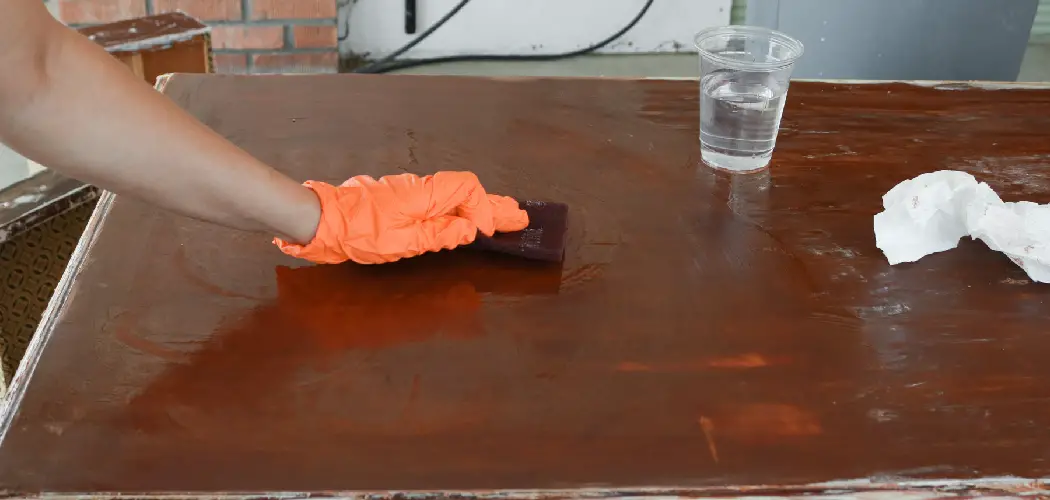Bleaching cherry wood is a transformative process that can lighten the natural dark tones of cherry wood to achieve a more contemporary, pale appearance. Whether you’re a woodworker, a furniture enthusiast, or a homeowner looking to refresh your interior decor, learning how to bleach cherry wood effectively can be a valuable skill.
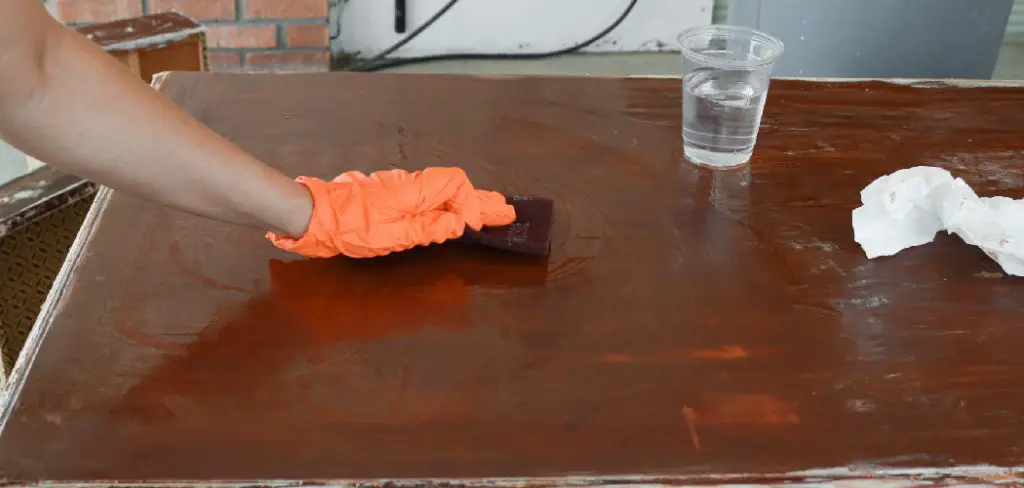
In this comprehensive guide, we will explore the step-by-step process of bleaching cherry wood, from preparing the wood surface to the application of the bleaching solution.
You’ll discover the tools and materials you need, safety precautions to take, and the key considerations for achieving the desired results. Whether you’re aiming to create a weathered, beachy look or simply want to alter the wood’s color, this article will provide you with the knowledge and techniques to master the art of cherry wood bleaching. Transform your cherry wood projects with this innovative and creative woodworking technique.
Reasons for Bleaching Cherry Wood
One of the main reasons for bleaching cherry wood is to change its natural color. This allows woodworkers and furniture makers to achieve a lighter or more uniform shade, making it easier to match with other pieces of furniture or home decor. Additionally, some people prefer the look of bleached cherry wood over its natural dark red color.
Another reason for bleaching cherry wood is to remove any imperfections or blemishes on the surface of the wood. This includes stains, scratches, and discoloration that may have occurred during the aging process. By bleaching the wood, these imperfections can be lightened or even eliminated, resulting in a smoother and more uniform surface.
Furthermore, bleaching cherry wood can also enhance the natural grain and texture of the wood. By lightening the color, the intricate patterns and details of the wood are highlighted, creating a more visually appealing finish. This is especially beneficial for furniture pieces that showcase the beauty of natural wood.
Importance of Proper Preparation and Technique
When it comes to bleaching cherry wood, proper preparation and technique are crucial for achieving the desired results. This is because cherry wood has a natural reddish-brown hue that can be difficult to lighten without damaging the wood fibers. In order to successfully bleach cherry wood, it is important to understand the science behind the process and follow best practices.
Understanding the Science Behind Bleaching
Bleaching is a chemical process that involves breaking down the color molecules in wood fibers. In cherry wood, these molecules are primarily responsible for the reddish-brown color. As such, bleaching agents work by oxidizing or reducing these molecules to change their color or make them less visible. However, this process can also weaken the wood fibers if not done properly.
Preparing the Wood
Before starting the bleaching process, it is important to properly prepare the wood. This includes sanding down any existing finish and cleaning the surface thoroughly. Sanding will help open up the pores of the wood, allowing for better absorption of the bleach solution. Cleaning will remove any dirt or oils that can interfere with the bleaching process. It is also important to test the wood for any existing stains or finishes that may not be visible to the eye. These can affect the final result if not taken into consideration.
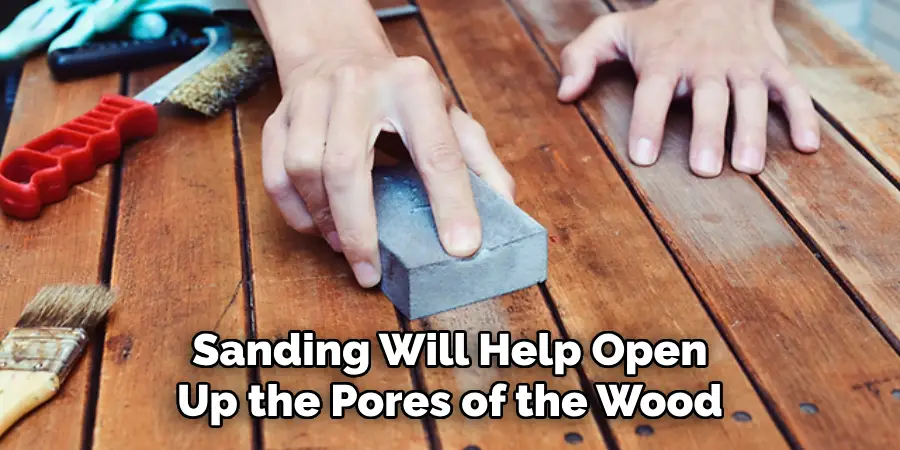
Choosing the Right Bleaching Agent
There are various types of bleaching agents available, and it is important to choose one that is suitable for cherry wood. Oxalic acid is a common bleaching agent used on cherry wood as it has a low risk of damaging the fibers. Hydrogen peroxide can also be used, but it requires more caution as it can easily damage the wood if left on for too long. Whichever agent you choose, make sure to follow the instructions carefully and wear protective gear such as gloves and goggles.
10 Methods How to Bleach Cherry Wood
1. Sanding
Sanding is one of the most effective methods for bleaching cherry wood. This method involves using a sandpaper or sander to remove the top layer of wood, which exposes the lighter colored sapwood beneath. Sanding can be done by hand or with an electric sander, depending on the size of the project. For best results, start with a coarse grit sandpaper and gradually work your way up to finer grits.
2. Chemical Bleaching
Chemical bleaching is another popular method for bleaching cherry wood. This method involves using a chemical solution to strip away the top layer of color from the wood, revealing its lighter-colored sapwood below.
Common chemicals used for this purpose include oxalic acid and sodium hydroxide, both of which can be purchased from most hardware stores. When using this method, it’s important to wear protective gear and follow all safety instructions provided on the product label.
3. Sun Bleaching
Sun bleaching is another option for lightening cherry wood without using harsh chemicals or abrasives. This method involves exposing the wood to direct sunlight for several hours each day until it has reached the desired color. While this can be an effective way to lighten cherry wood, it’s important to note that prolonged exposure to sunlight can also cause fading and other damage over time.
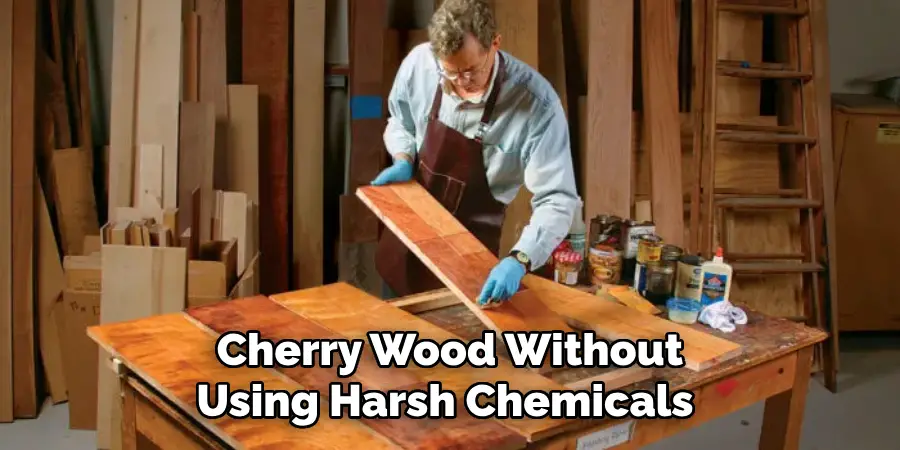
4. Heat Bleaching
Heat bleaching is another popular method for lightening cherry wood without using harsh chemicals or abrasives. This method involves heating up the surface of the wood with a heat gun until it reaches a temperature that causes discoloration in some areas while leaving other areas unaffected. The resulting effect is a mottled look that can create interesting visual effects in certain pieces of furniture or cabinetry made from cherry wood.
5. Hydrogen Peroxide
Hydrogen peroxide is another option for lightening cherry wood without damaging its natural grain pattern or texture. This chemical solution works by breaking down tannins in the wood, which are responsible for its dark coloration, and replacing them with lighter-colored compounds instead.
To use this method, simply mix equal parts hydrogen peroxide and water before applying it directly onto the surface of the cherry wood with a brush or cloth and allowing it to sit overnight before rinsing off any excess solution with warm water afterward.
6. White Vinegar
White vinegar is another natural option for bleaching cherry wood without damaging its natural grain pattern or texture, as harsher chemicals might do. To use this method, simply mix equal parts white vinegar and water before applying it directly onto the surface of your cherry wood with a cloth. Allow it to sit overnight before rinsing off any excess solution with warm water afterward.
7. Chlorine Bleach
Chlorine bleach is one of the more powerful options available when it comes to bleaching cherry wood. However, due to its strength, you should always exercise caution when handling chlorine bleach as well as make sure that you wear protective gear such as gloves and eyewear when doing so.
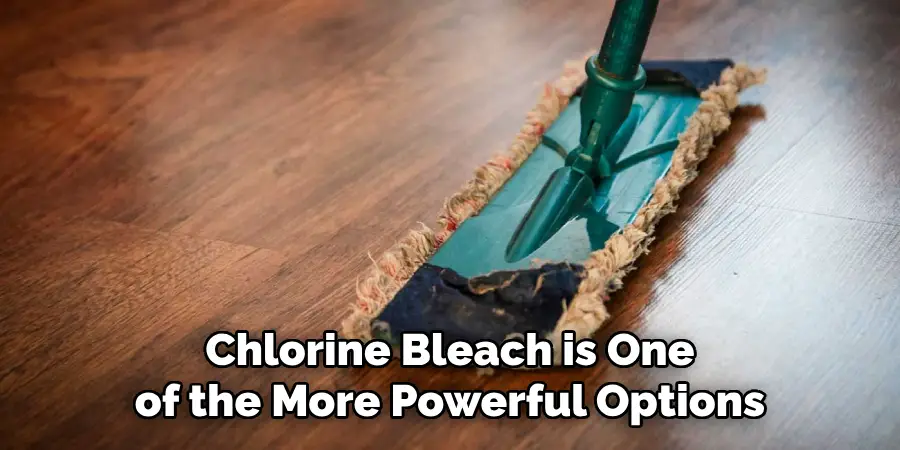
To use this method, simply mix equal parts chlorine bleach and water before applying it directly onto your piece of furniture made from cherry wood before letting it sit overnight and rinsing off any excess solution afterward.
8. Lemon Juice
Lemon juice is another popular choice when it comes to naturally bleaching cherry wood without causing too much damage to its natural grain pattern or texture, as harsher chemicals might do. To use this method, simply mix equal parts lemon juice and water before applying it directly onto your piece of furniture made from cherries woods with a cloth. Allow it to sit overnight before rinsing off any excess solution afterward.
9. Baking Soda
Baking soda is another great choice when looking into naturally bleaching cherry wood without causing too much damage to its natural grain pattern or texture, as harsher chemicals might do. To use this method, simply mix equal parts baking soda and water before applying it directly onto your piece of furniture made from cherries woods with a cloth, then let sit overnight before rinsing off any excess solutions afterward.
10. Boiled Linseed Oil
Boiled linseed oil is one last option available when looking into naturally bleaching cherry woods without damaging their natural grain patterns or textures, as harsher chemicals might do.
To use this method, simply apply boiled linseed oil directly onto your piece of furniture made from cherry wood then let sit overnight before wiping off any excess oil afterwards. Repeat this process as many times as needed until you achieve your desired coloration.
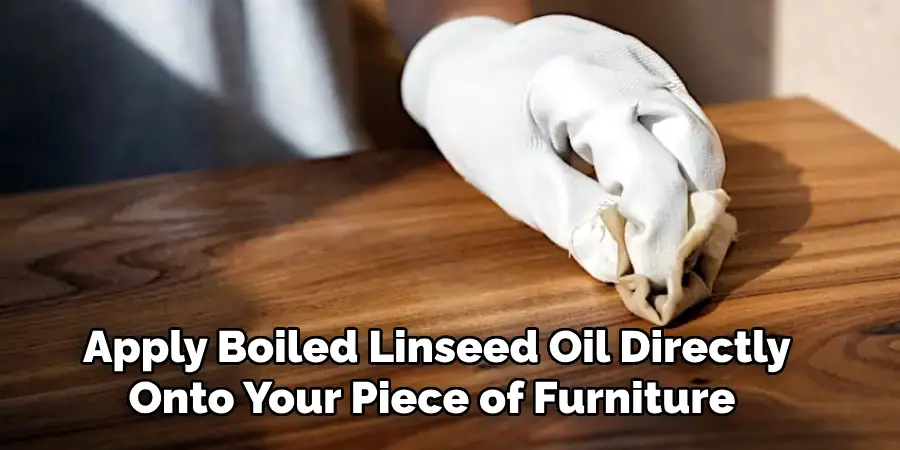
Conclusion
All in all, bleaching cherry wood is not a difficult task. The key to success is having the right supplies and following the proper steps. If you keep that in mind, you can easily bleach cherry wood and get the desired result every time. There may be some slight variations depending on the finish or any additional coats that have been applied, but generally speaking, this will work for most projects involving cherry wood.
Now that you know how to bleach cherry wood, why not give it a try? With a bit of patience and practice, you can turn dull looking wood into something beautiful and unique. Who knows, maybe this could become a new hobby or side business for you! If so, don’t forget to share your project with us at #bleachedcherrywood so we can admire your work!

